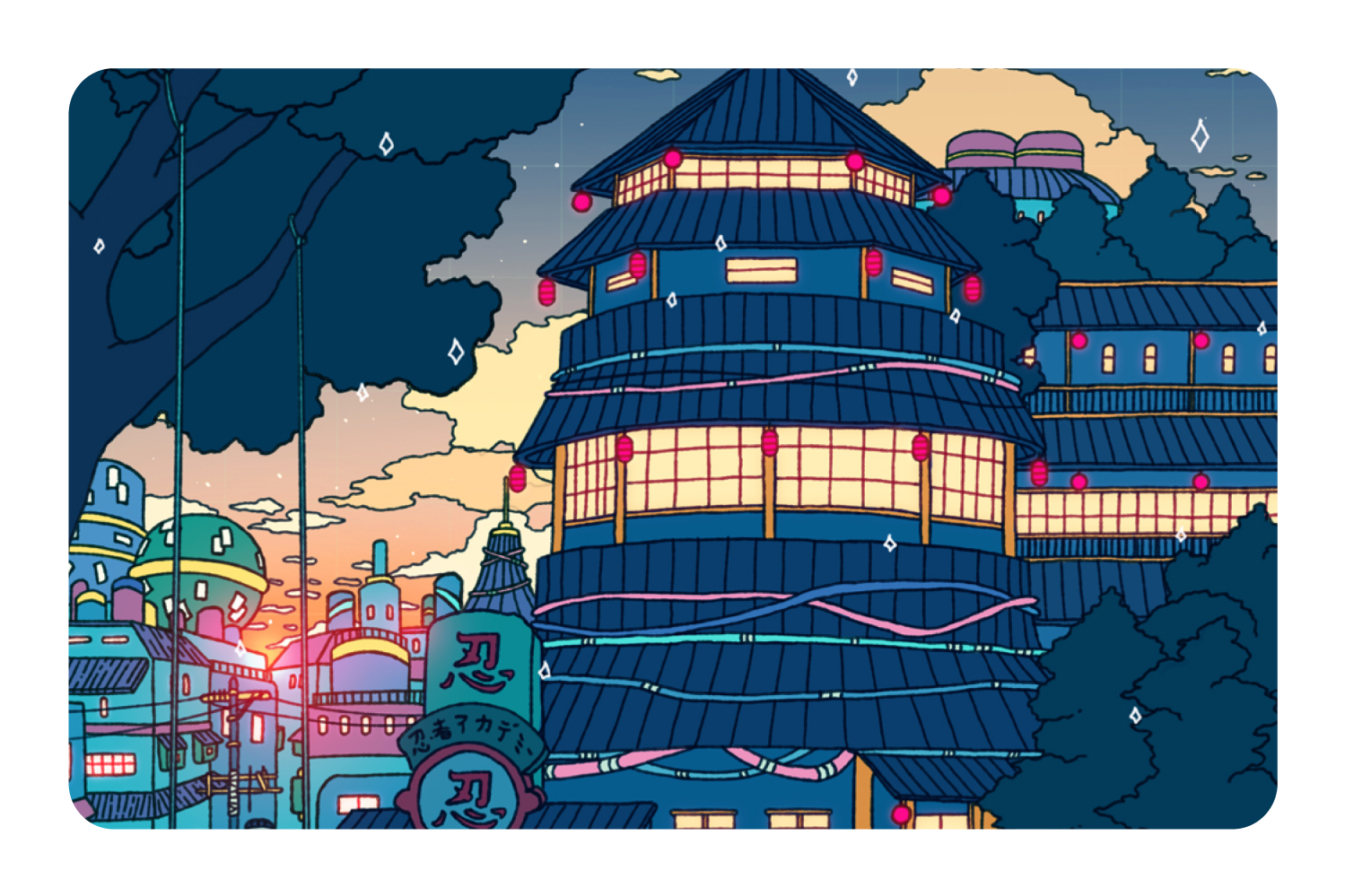

These attacks, in my view, distract us from the overriding task of integrating biological discoveries with a broader philosophy of emotional dysfunction. Indeed, some have upbraided modern-day psychiatry for ignoring the psychological, social and spiritual dimensions of emotional disorders. To some degree, this has come at the expense of other modes of understanding. To be sure, recent advances in neurobiology–particularly in the area of mood disorders–have cast a bright light on the molecular and neurochemical bases of psychiatric illnesses.

The field of psychiatry has always sought to incorporate insights from disciplines outside the realm of biology, notwithstanding the widespread notion that "biological psychiatry" is now the field's dominant paradigm. As we come to understand the neurobiology of these states, we may be able to correlate specific alterations in "neurocircuitry" with their phenomenological expressions. Recent brain imaging studies are also beginning to reveal the neurobiological correlates of sorrow and depression. These differ in the relational, temporal, dialectical, and intentional realms. In particular, a phenomenological analysis of sorrow and depression reveals two overlapping but distinct "lifeworlds". The author proposes that such a synthesis is possible, and that our understanding of ordinary sorrow and clinical depression is enriched by drawing from these disparate sources.

Furthermore, while there are frequent calls for a "pluralistic", comprehensive approach to understanding depression, few writers have tried to integrate insights from the spiritual, philosophical, and neurobiological literature.

There is considerable controversy, both within and outside the field of psychiatry, regarding the boundaries of normal sadness and clinical depression.


 0 kommentar(er)
0 kommentar(er)
